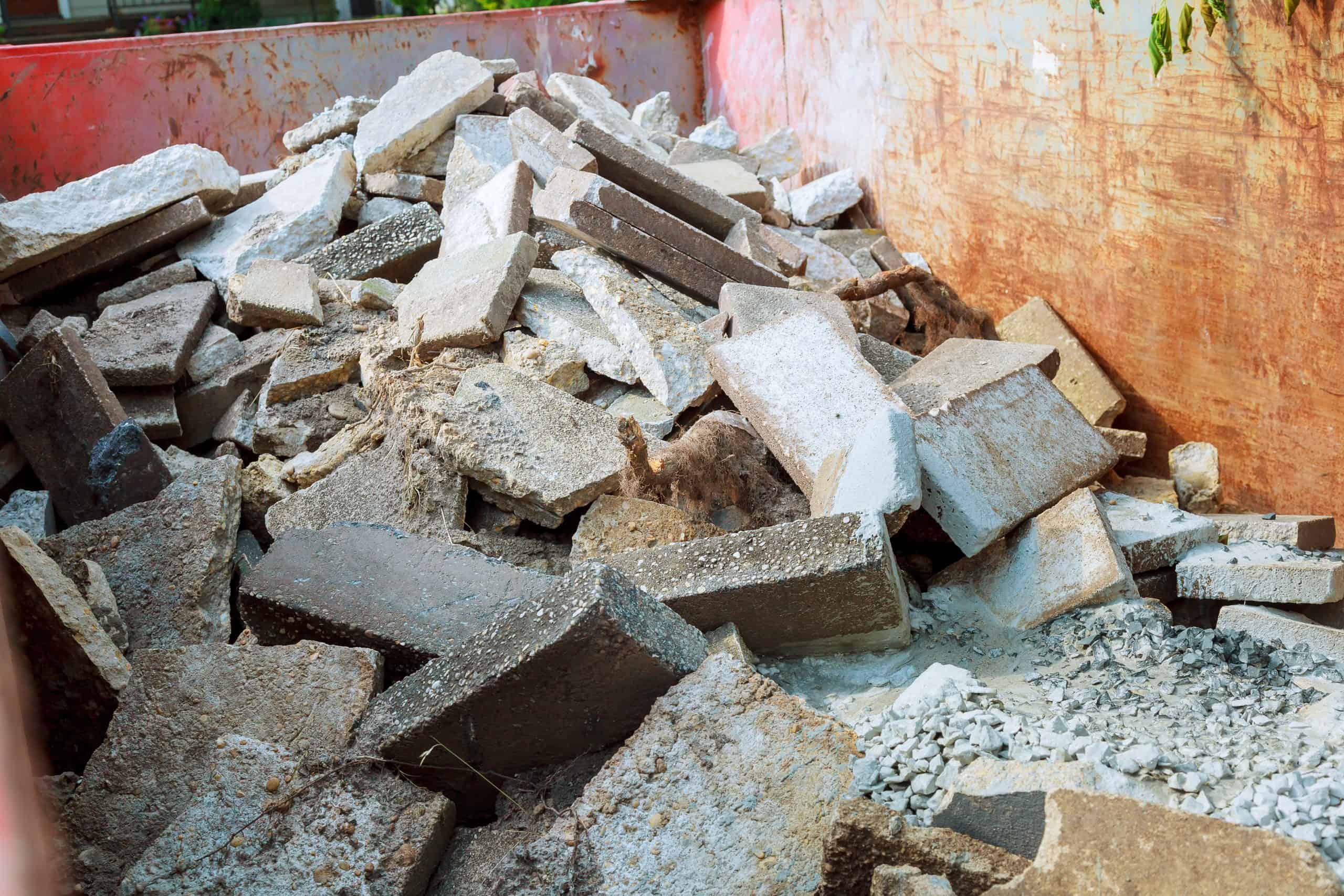Throughout the construction process, whether building a new structure, renovating an existing structure, or demolishing an old structure, there can be a large amount of waste produced. This waste, which includes wood, roofing materials, glass, and any other materials resulting from the construction process, is often referred to as construction and demolition (C&D) debris. While generating some waste is unavoidable, limiting waste can significantly improve efficiency and safety in addition to cutting costs. Read on for an overview of disposal methods that can help reduce the amount of construction waste produced on site.
Source Reduction
Source reduction is one of the most effective ways to reduce construction waste on site, as this strategy prevents waste from being generated in the first place. Some examples of source reduction are:
- Maintaining existing buildings instead of constructing new ones
- Focusing on adaptability when designing new buildings
- Prioritizing construction methods that facilitate the reuse of materials
- Alternative framing techniques
- Reducing interior finishes
Project managers can implement source reduction by ensuring they are measuring materials correctly and not ordering materials in excess. Similarly, project managers should regularly conduct inventory checks to prevent order duplication.
Reusing C&D Materials
During the demolition process, disposing of waste is not resource-efficient. Recovering and sorting through used yet valuable materials, and identifying ways to reuse these materials, can effectively save money and protect natural resources. Deconstruction is an excellent way to reuse and salvage materials while reducing waste. Deconstruction is the process of carefully dismantling buildings in order to salvage components for reuse and recycling. The deconstruction process has many benefits, such as maximizing recovery of material, conserving resources, and creating employment and job training opportunities. Additionally, deconstruction reduces the amount of toxic dust released into the air and heavy metal that seeps into the soil during a demolition process. Reusing materials ultimately saves resources and energy by reducing the need to produce new material. For example, some of the most common reusable C&D materials are easy-to-remove items like doors, hardware, appliances, and fixtures.
Recycling C&D Materials
Building components such as asphalt, concrete, wood, and metals can all be recycled depending on where these markets exist. Project managers should plan ahead by having reuse and recycle bins on site and identifying reusable materials ahead of time. Project managers should also take into consideration that a small percentage of C&D materials may contain elements that could be damaging to human health and the environment. Some examples include asbestos, polychlorinated biphenyls (PCBs), and lead.
In order to reduce construction waste on site, project managers should implement proper C&D debris disposal methods, including source reduction, reusing materials, and recycling materials. By doing so, harmful effects to human health and the environment can be significantly reduced, while improving on-site efficiency and overall project costs.
Looking for a team to take the lead on your next project? At Pulse Construction, we’re committed to doing business with an honest, professional, and competitive approach – without compromising safety or schedules. Contact us today for all of your building needs.



